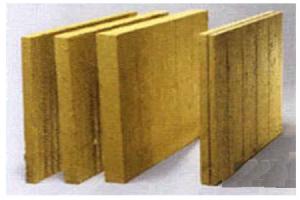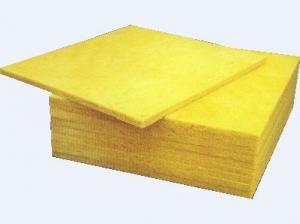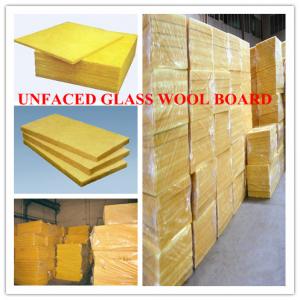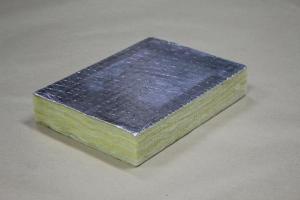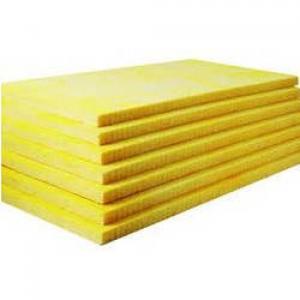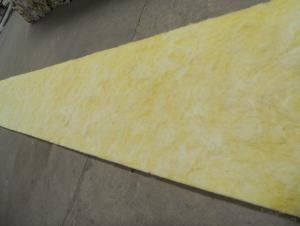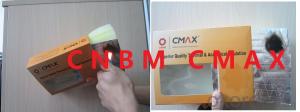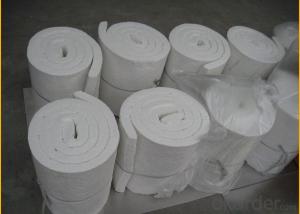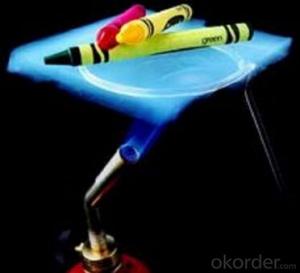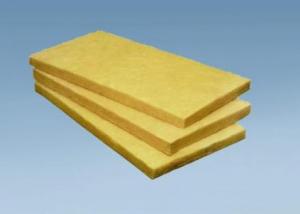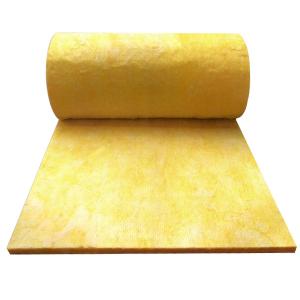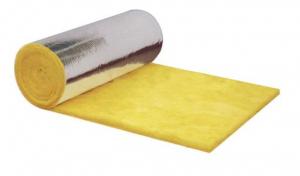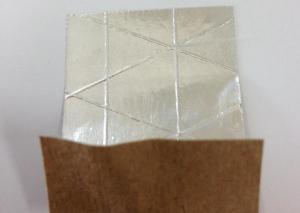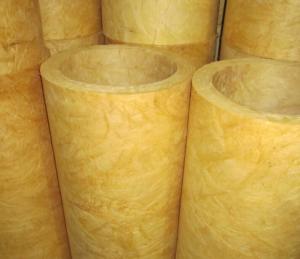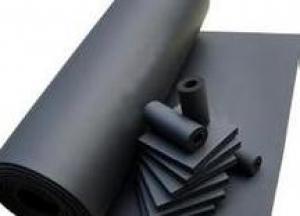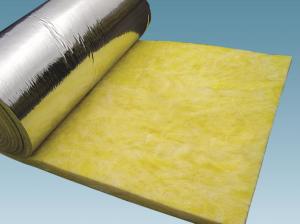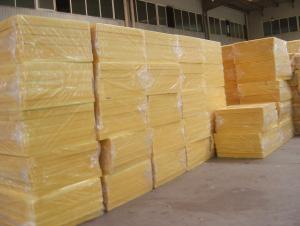Glass Wool For Oven
- Loading Port:
- China Main Port
- Payment Terms:
- TT or LC
- Min Order Qty:
- 1000 roll
- Supply Capability:
- 1000000 roll/month
OKorder Service Pledge
OKorder Financial Service
You Might Also Like
Glass wool Blanket for thermal Insulation
1.Structure of Glass wool Blanket for thermal Insulation:
Glass wool is an industrial product made by spinning glass into a fibrous material that can be packed in mats and Blankets. This product is used as insulation and in other applications, like for air filters. It is available through home supply stores and manufacturers can also produce wools for special purposes, like insulation in aircraft, where the standards may be higher for health and safety reasons. Numerous companies make glass wool products along with lines of other insulation materials for a variety of applications.
Glass wool raw materials The basic raw materials for fiberglass products are a variety of natural minerals and manufactured chemicals. The major ingredients are silica sand, limestone, and soda ash. Other ingredients may include calcined alumina, borax, feldspar, nepheline syenite, magnesite, and kaolin clay, among others. Silica sand is used as the glass former, and soda ash and limestone help primarily to lower the melting temperature. Other ingredients are used to improve certain properties, such as borax for chemical resistance. Waste glass, also called cullet, is also used as a raw material. The raw materials must be carefully weighed in exact quantities and thoroughly mixed together (called batching) before being melted into glass.
The Manufacturing Process
Melting / Forming into fibers /Continuous-filament process/Staple-fiber process/ Chopped fiber/ Glass wool / Protective coatings /Forming into shapes

2.Main Features of Glass wool Blanket for thermal Insulation:
The glass wool Blanket is applied for large laying area. In the field of insulation materials, we are mainly specializing in Glass wool products, including Blankets, Blankets and pipes. The advantage of this material is numerous: noncombustible, nontoxic, and resistant to corrosion. It has low weight, low thermal conductivity, stable chemical property, low moisture rate and good hydrophobicity. These products have been widely used in heat preservation, thermal insulation and sound absorption in construction, chemical industry, electronic industry, electric power, metallurgy, energy industry, and communication. High density panels laminated with facing can be used for Air-conditioning duct system.
3. Glass wool Blanket for thermal Insulation Images
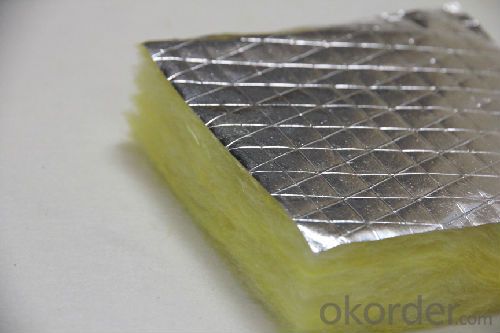
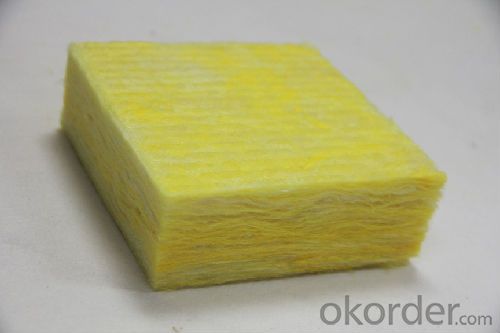
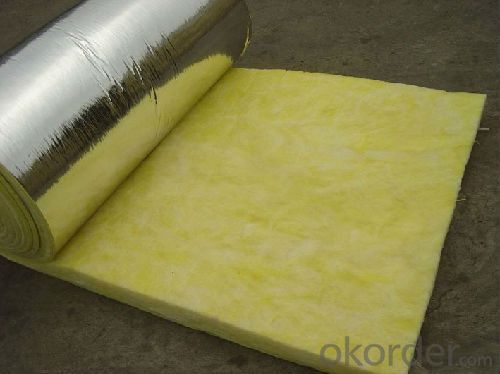
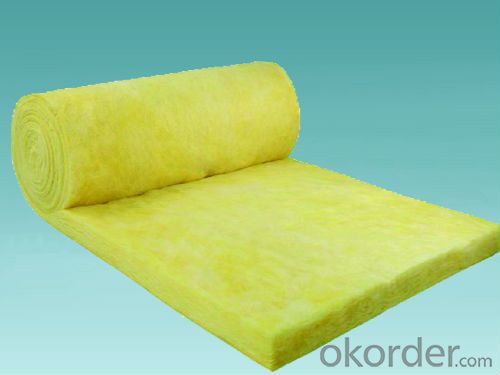
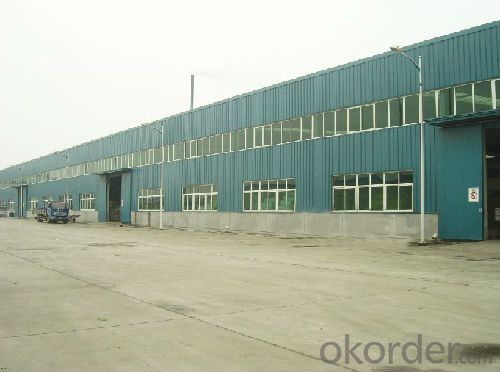

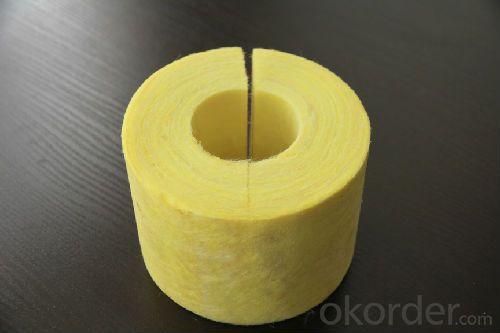

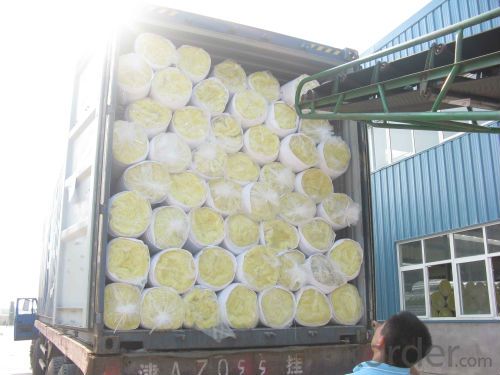
4. Glass wool Blanket for thermal Insulation Specification
The glass wool Blanket is applied for large laying area. Besides the character of thermal insurance, it also has the performances of shock absorption and acoustical isolation, especially for middle or low frequency sound. It also can cancel the noise and improve working environment.
The glass wool Blanket with aluminum foil surface has good capability of heat radiation protection.
Technical Data
Item | Unit | Index |
Density | Kg/m3 | 12-96 |
Thickness | mm | 25-150 |
Width | mm | 600-1200 |
Length | mm | 1200-3000 |
Both unfaced and faced felts can be provided.
5.FAQ
We have organized several common questions for our clients,may help you sincerely:
① Where you used this?
These products have been widely used in heat preservation, thermal insulation and sound absorption in construction, chemical industry, electronic industry, electric power, metallurgy, energy industry, and communication. High density panels laminated with facing can be used for Air-conditioning duct system.
②How to guarantee the quality of the products?
We have established the international advanced quality management system,every link from raw material to final product we have strict quality test;We resolutely put an end to unqualified products flowing into the market. At the same time, we will provide necessary follow-up service assurance.
③How you control the quality?
During the production of fiberglass insulation, material is sampled at a number of locations in the process to maintain quality.
- Q:Which is the more commonly used thermal insulation material between thermal insulation glass?silk wool and rock wool?
- Glass wool: Glass wool has no shots, having less dust and little irritation to skin and respiratory system as well as light weight, able to be processed to products with long length based on design requirements. It entails less waste, easy to construction. It uses amorphous cellulose which is soft and lathy with no shots, able to serve for more than 20 years. So, in terms of price per ton, rock wool is cheaper than glass wool. But in terms of price per square meter, the prices of glass wool and rock wool are basically flat. If various factors like effect, construciton, service life, safety and bearing structure are took into account comprehensively, glass wool then is more economical. Rock wool: It contains a high content of shots and much dust. It is high irritable to skin and respiratory system, keeping heavy weight, so it cannot be processed for a long time. It entails much waste, difficult to construction. It uses crystalline fiber, which has a high content of shots, is shoyt and unstable. If used for a certain time, its shots and short?fiber will sink, making it unable to maintain a uniform shape, which will seriously affect the insulation effect and needs to be replaced consequently. And the replacement cycle is shorter than 10 years.
- Q:Can glass wool be used in exterior wall for thermal insulation?
- The tensile property of external wall thermal insulation materials is entirely determined by unit weight of thermal insulation materials and the mixture of binder with rock wool.
- Q:As for glass wool board and rock wool board, which kind of material is better?
- Glass wool has light unit weight, thin fiber, good sound absorption, rock wool fireproofing performance, good hydrophobic performance, low price, both two have their advantages, it depends on the specific usage, If you are interested in it, we can discuss with each other, personal opinions for reference only.
- Q:Are foam glass and glass wool the same?
- Not the same. Glass wool is made of asbestos tile. Foam glass is a kind of glass.
- Q:Now what is the latest color steel sandwich board? such as: Foam, stretches, glass wool
- Foam is the mainly material, now with the increase of rock wool, the rock wool can be fireproofing and sound absorption, it may also lay glass wool in the interior of color steel?plate and the function is sound absorption and thermal insulation.
- Q:What is the difference between high density glass wool board and stereoplasm rock wool board?
- Centrifugal glass wool uses glass as the main raw material. Glass mixed with a certain percentage of other materials should be fully melted in the glass furnace. The melted solution will flow out of bushing and enter into the centrifuge.In the high speed centrifuge, glass will be thrown into a glass thin stream. Under the effect of high temperature and high speed flame, glass thin stream is further stretched into fibers and sprayed with foggy adhesive. In the effect of negative pressure wind cotton webs, the fibre with resin adhesives falls on mesh belt, forming a homogeneous cotton blanket and then it is solidified in thermostat curing oven. After the shape of it is fixed, the glass wool will become predetermined products after cut and then be packed.The main raw material of rock wool products is fine basalt rock. The basalt rock is made into inorganic fiber after meited under high temperature and processed in the high-speed centrifugal device. Then the arrangement structure of the fibre is changed after it is add with special binder and dust laying oil and put in a special device. In the last step, the product is solidified and become a new lightweight thermal insulation material. Depending on the application, it can be processed into wool board, rock wool blanket and wool shell.Compared with rock wool, glass wool is of lower unit weight, less shot content, lower thermal conductivity, long service life and high tenacity fiber, rock wool. However, the maximum operating temperature of rock wool is about 600 degrees Celsius while the glass wool is only about 260 degrees Celsius.Glass woolwool is generally used in thermal insulation part less than 200 degrees Celsius and is mainly used for thermal insulation in general buildings or low temperature pipes. Rock wool is generally used at thermal insulation part with the temperature of 500 degrees Celsius and is mainly used for heat perservation of of high temperature heat pipes or electrical equipment.
- Q:Which is more expensive between glass wool and rock wool?
- Glass wool board is more expensive than rock wool, but it is lighter in volume-weight than rock wool, which has the advantages that it will not cause itching of skin if exposed to skin, and its color is relatively bright with good thermal insulation and sound insulation.
- Q:Which one among polystyrene?boards, rock wool boards and glass?wool?boards is the best materials for external wall thermal insulation?
- Polystyrene?boards are better in terms of external wall thermal insulation materials but now polystyrene?boards are not allowed to use. Rock wool and glass wool can be used, but they need good waterproofing treatments.
- Q:Does curtain wall glass wool belong to thermal insulation wool?
- , the general it is mineral wool.
- Q:How is the prospects for rock wool board and glass wool board?
- It is good.Some countries control the use of extruded polystyrene board.Moreover, no new and better energy-saving materials emerge.Therefore, these two materials will be more widely used.
1. Manufacturer Overview |
|
|---|---|
| Location | |
| Year Established | |
| Annual Output Value | |
| Main Markets | |
| Company Certifications | |
2. Manufacturer Certificates |
|
|---|---|
| a) Certification Name | |
| Range | |
| Reference | |
| Validity Period | |
3. Manufacturer Capability |
|
|---|---|
| a)Trade Capacity | |
| Nearest Port | |
| Export Percentage | |
| No.of Employees in Trade Department | |
| Language Spoken: | |
| b)Factory Information | |
| Factory Size: | |
| No. of Production Lines | |
| Contract Manufacturing | |
| Product Price Range | |
Send your message to us
Glass Wool For Oven
- Loading Port:
- China Main Port
- Payment Terms:
- TT or LC
- Min Order Qty:
- 1000 roll
- Supply Capability:
- 1000000 roll/month
OKorder Service Pledge
OKorder Financial Service
Similar products
New products
Hot products
Hot Searches
Related keywords
